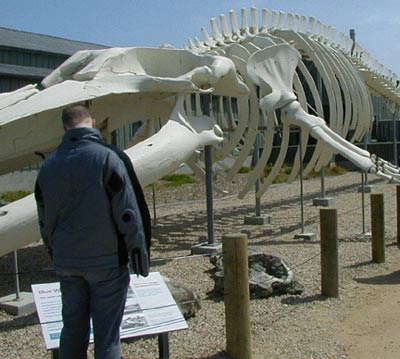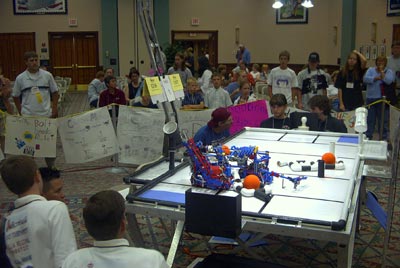Charlotte Mason Method
This method is based on the teaching principles of Charlotte Mason. These principles are laid out in the six-volume work, "The Original Home Schooling Series," by Charlotte M. Mason. In addition to the standard core subjects, the study of fine arts and nature are integral. The most unique element to this approach, however, isn't so much found in the method of teaching as it is in testing the knowledge gained. Rather than using a standard question-and-answer format of testing, a process called "narration" is used to quantify learning. Author Catherine Levison explains it this way:
We ask the child to tell us everything he knows about Canada, pollination, the endocrine system, long division or whatever we have been studying either for that day or the entire year. This helps you as the parent to know immediately if your child has understood and comprehended the materials he is working through. The main point is that you cannot narrate what you do not know, and you can only narrate what you do know.
Thank goodness I was never sent to school; it would have rubbed off some of the originality.
- Beatrix Potter |
The Waldorf Method is based on the research and works of Austrian scientist Rudolf Steiner. Concerned with educating what he called the "whole child," Steiner placed emphasis on a variety of creative topics that traditional schools usually consider ancillary, such as the fine arts (painting, music and drama), foreign languages, sewing and even gardening. The student's stage of development dictates the subjects of study and coursework. Some people refer to this as the "head, heart and hands" method.
Unit Studies
Unit studies can be considered the multi-tasking homeschool method. One specific topic or theme is stretched across several academic areas for anywhere from one week to an entire semester. The topic or theme might be anything from a series book (like "Little House on the Prairie") to a holiday, a sport, or an animal. You then stretch it across various subjects like history, literature, math and science. This method can be very hands-on in that the parent can have the student help decide which activities to incorporate in the study unit -- conducting experiments, creating timelines, visiting museums, doing library research, reading books, watching special TV programs or documentaries and so on.
Unschooling
Also referred to as "child-directed learning" and "natural learning," the term "unschooling" was originally used by author John Holt. This method is exactly what it says it is: not school. To follow this method, you take everything you know about school -- the rigid schedule, the teacher-led activities, the textbooks and so on, and forget it all.

Photo courtesy A to Z Home's Cool
A homeschooler learns about wiring as he watches an expert set up electronically controlled fireworks.
|
Unschooling is perhaps the most natural progression from the homeschooling foundation a parent has already developed with his child. Learning simply remains a natural part of the day, everyday. The child decides what he wants to work on each day, whether it's going to the library to read books on whales or conducting science experiments in the kitchen all day.
As unschooled children get older, they may integrate outside classes and workshops into their schedule. The key here is that the student is truly managing the schedule and must make arrangements for meeting that schedule. As one unschooled student puts it, "I'm planning what I do, so I have an overwhelming sense of commitment to what I'm doing. Instead of being told what to do and when and simply being shuttled back-and-forth from activity to activity, I get to choose." With this choice comes the responsibility of planning logistics and integrating their schedule into the larger family schedule, making this the ultimate lesson in time-management.
Parents are on hand for support -- helping to maintain or foster an enriching and positive learning environment, to answer questions and act as a sounding board for ideas; but it is essentially the child who's in charge here.

Photo courtesy A to Z Home's Cool
A homeschooler examining a whale skeleton at the Marine Lab in Santa Cruz, CA
|
Eclectic Method
This approach is a lot like visiting a method buffet. The eclectic homeschool parent selects a variety of elements from any or all of the homeschooling styles and develops a custom-tailored method that suits both student and teacher. The advantage to this approach is that it's easy to tailor to any learning style.
In addition to these various methods and approaches, there's a whole host of add-on possibilities to enhance your child's homeschooling experience. A variety of charter schools, umbrella schools and cyber schools now provide distance learning opportunities via the Internet. Homeschooling students can also take independent studies and correspondence courses through universities and colleges around the globe.

Photo courtesy NASA
At the Botball National Tournament: Otter Creek Middle School from Terra Haute, IN vs. Rolla Area Homeschool from
St. James, MO
|
You now know a little about the various approaches and how to find more information on each. There's still one other crucial element to think about: learning styles.







